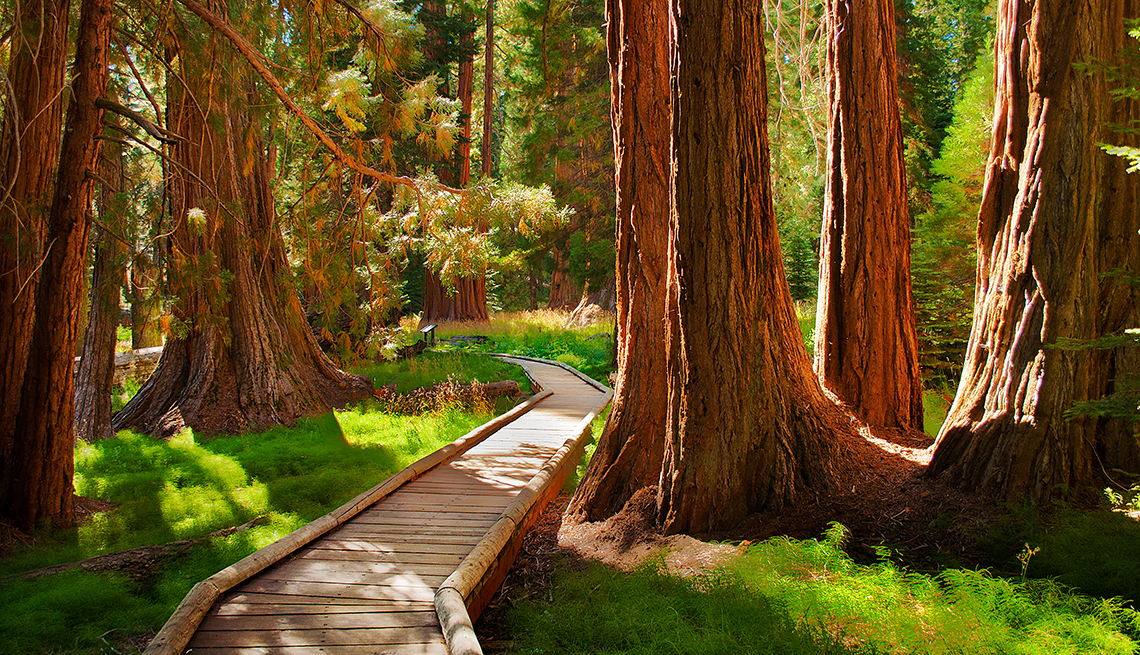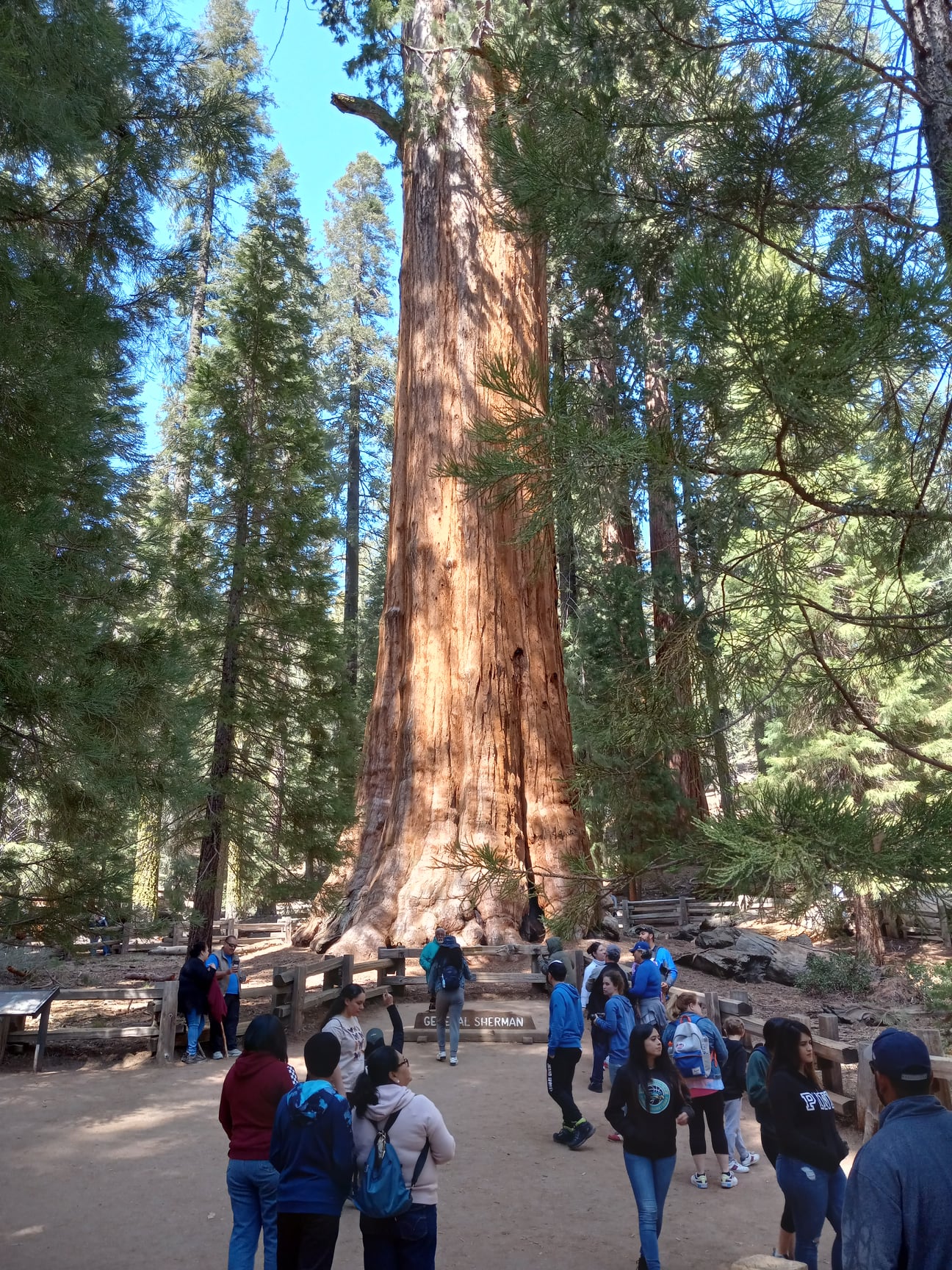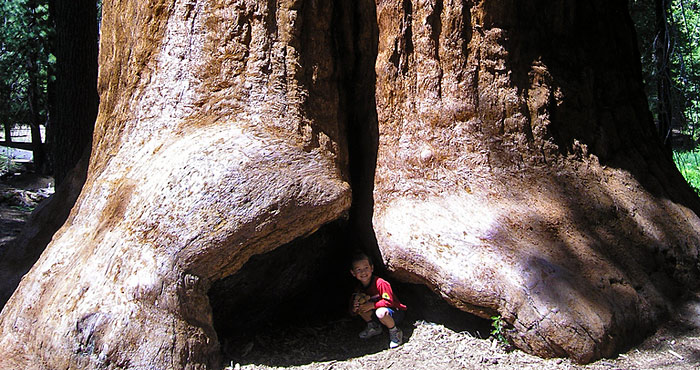Sequoia National Park Activities-- What to Do and See During Your Remain
Sequoia National Park Activities-- What to Do and See During Your Remain
Blog Article
Explore the Diverse Wildlife Habitats Within Sequoia National Park
Sequoia National Park is an environmental treasure, showcasing an outstanding range of wildlife habitats that add to its rich biodiversity. From the impressive giant sequoia woodlands to the varied alpine meadows, each setting plays an essential function in supporting numerous species, including both usual and unusual fauna.
Overview of Sequoia National Park
Sequoia National forest, nestled in the southern Sierra Nevada mountain array of California, is renowned for its breathtaking landscapes and towering giant sequoias. Developed in 1890, it is among the earliest national parks in the United States, committed to preserving the all-natural beauty and eco-friendly integrity of this special region. The park incorporates over 404,000 acres of diverse surface, including marvelous mountains, deep canyons, and lush fields.

Site visitors can discover numerous treking tracks, ranging from leisurely walks to challenging backcountry courses, each using a special point of view of the park's magnificence. With its combination of natural wonders and recreational possibilities, Sequoia National Park serves as a crucial sanctuary for both wildlife and those seeking to attach with nature.

Significant Wild Animals Habitats
The varied landscapes of Sequoia National forest create a mosaic of wildlife habitats that support a rich range of types. These environments vary from lush meadows and thick forests to rocky alpine zones and expansive river valleys, each providing unique environmental niches.
One noticeable environment is the huge sequoia woodland, characterized by looming trees and a rich understory, which supports numerous animals, birds, and insects. The combined conifer forests, composed of varieties such as sugar ache and white fir, deal extra sanctuary and food sources for wild animals.
Meadows and grasslands play an important role in the park's ecosystems, working as important foraging premises for herbivores like deer and little animals. These open areas additionally draw in diverse bird types, especially throughout movement periods.
The park's greater altitudes include alpine environments, where problems are extreme and types are adapted to make it through in such extremes (Sequoia National Park hour). Here, one can locate unique flora and animals that thrive in rocky, cool atmospheres
Plants and Fauna Diversity
Within the varied ecosystems of Sequoia National forest, an impressive selection of flora and fauna coexists, showcasing the detailed connections that maintain the park's biodiversity. The park is home to over 1,300 plant types, including the iconic giant sequoias, which are among the biggest and oldest trees on Planet. These impressive trees offer essential habitat and food sources for different wild animals, promoting a complex internet of environmental interactions.
Animal varieties in Sequoia National forest are similarly diverse, with habitats ranging from lowland foothills to high towering atmospheres. Animals such as black bears, mule deer, and bobcats prosper in this abundant ecosystem, while avian types, including the marvelous golden eagle and the evasive spotted owl, poise the skies. Amphibians and reptiles, like the Sierra newt and the western rattlesnake, also play important functions in maintaining ecological equilibrium.
The park's unique combination of elevation slopes and microclimates sustains these different types, highlighting the significance of maintaining the all-natural habitats that enable such an abundant tapestry of life to prosper. Comprehending this diversity is vital for valuing the eco-friendly importance of Sequoia National Park.
Preservation Initiatives in the Park
Preservation initiatives in Sequoia National Park play a critical duty in protecting its one-of-a-kind ecosystems and the varied species that populate them. The park employs a diverse technique, consisting of habitat reconstruction, varieties keeping track of, and intrusive types management. These campaigns are essential for keeping the fragile equilibrium of the park's communities, that include gigantic sequoias, meadows, and towering atmospheres.
Active restoration projects concentrate on improving indigenous plant areas and restoring abject habitats. Sequoia National Park hour. This is particularly vital in areas influenced by human activity or all-natural disruptions such as wildfires. The park's biologists carry out normal tracking of key varieties, including the endangered Sierra Nevada bighorn sheep, to assess populace wellness and educate management approaches
Intrusive species position a considerable hazard to the park's biodiversity. To combat this, park personnel implement removal programs to control or remove non-native plants and pets that interfere with neighborhood communities. Public education and neighborhood participation are additionally stressed, as they foster a deeper gratitude for preservation initiatives. With these detailed campaigns, Sequoia National forest makes every effort to shield its abundant natural heritage for future generations while guaranteeing the durability of its diverse wildlife habitats.
Tips for Wild Animals Monitoring
Observing wildlife in Sequoia National forest provides a special possibility to get in touch with nature and value the varied species that prosper in this exceptional environment. To optimize your wild animals observation experience, consider several important tips.
First of all, plan your go to throughout early morning or late mid-day, as these times are most active for several animals. Bring binoculars to observe wildlife from a safe range without disrupting their natural habits. Additionally, have a peek at this website acquaint yourself with the varieties you intend to see; recognizing their routines and habitats can boost your possibilities of spotting them.
Persistence is crucial; wild animals observation usually requires waiting quietly and being mindful of your surroundings. Keep on assigned routes to reduce your effect on the ecosystem and guarantee your safety. It is likewise recommended to keep a respectful range from animals, preventing any kind of activities that could worry them or disrupt their atmosphere.
Lastly, think about signing up with directed scenic tours led by well-informed park rangers. These specialists can provide important understandings and increase your possibilities of observing wildlife in their natural setups. By adhering to these tips, you can enhance your experience and add to the conservation of Sequoia's wildlife.

Final Thought
Sequoia National Park offers as a crucial sanctuary for varied wildlife, showcasing a remarkable selection of environments that support many species. The interaction between large sequoia forests, combined conifer forests, fields, and alpine areas promotes an abundant environmental tapestry. Ongoing conservation initiatives are vital for preserving these habitats and the one-of-a-kind plants and animals that inhabit them. Inevitably, the park's biodiversity underscores the relevance of preserving such all-natural landscapes for future generations.
Please visit one of our local supporters - Https://wholesaleliquidationpallet.com/shop/
Report this page